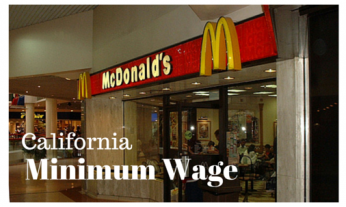 San Francisco bus drivers are fighting a wage suit against First Student, Inc., their employer, who allegedly underpaid them, in a breach of contract. If you find yourself in a similar situation, the assistance of a local employment attorney could prove to be useful.
San Francisco bus drivers are fighting a wage suit against First Student, Inc., their employer, who allegedly underpaid them, in a breach of contract. If you find yourself in a similar situation, the assistance of a local employment attorney could prove to be useful.
Wage Suit – The Charges
The lawsuit, Humes v. First Student, Inc.,which was filed in 2015, was recently given a breath of life by the Ninth Circuit, giving the plaintiffs the opportunity to create a class action suit. According to the Complaint, bus drivers had several issues with the company:
- They were paid amounts below minimum wage;
- They were not paid on schedule;
- They were not provided with accurate statements detailing their hours and wages;
- They were subject to unfair business practices;
- Their oral contract was breached.
Details Behind the Wage Dispute
According to a negotiated contract, the bus drivers were promised a minimum number of hours of daily pay regardless of the number of assignments per day. In other words, drivers were guaranteed a minimum daily wage, whether or not the buses were utilized for the full day. In addition to driving, employees were responsible for cleaning and fueling the buses. In the event these responsibilities took more time than the hours set, they were to be paid for the additional hours worked.
In 2015, the policy for tracking hours worked changed. Employees were required to track only the hours worked that were beyond regular time. These hours were recorded in what was called an exception log. Additionally, drivers were expected to complete a formal billing sheet, which was ultimately sent to the school district for billing purposes. Drivers believe that the record keeping led to confusion in the payroll office, resulting in their wage suit for alleged underpayment and check stub errors.
Information Required on Pay Stubs
According to Labor Code 226, particular information must be included on a worker’s pay stub, including:
- The number of hours the employee worked during the pay period;
- The gross earnings for the pay period;
- Deductions from wages;
- The net earnings for the pay period;
- The dates of the pay period;
- The hourly rate of pay.
Statute of Limitations
The statute of limitations for a wage suite of this nature is just four years. Nonetheless, the court has agreed to hear claims dating back to October of 2011, based on arguments presented by the plaintiff. [Read more…]

